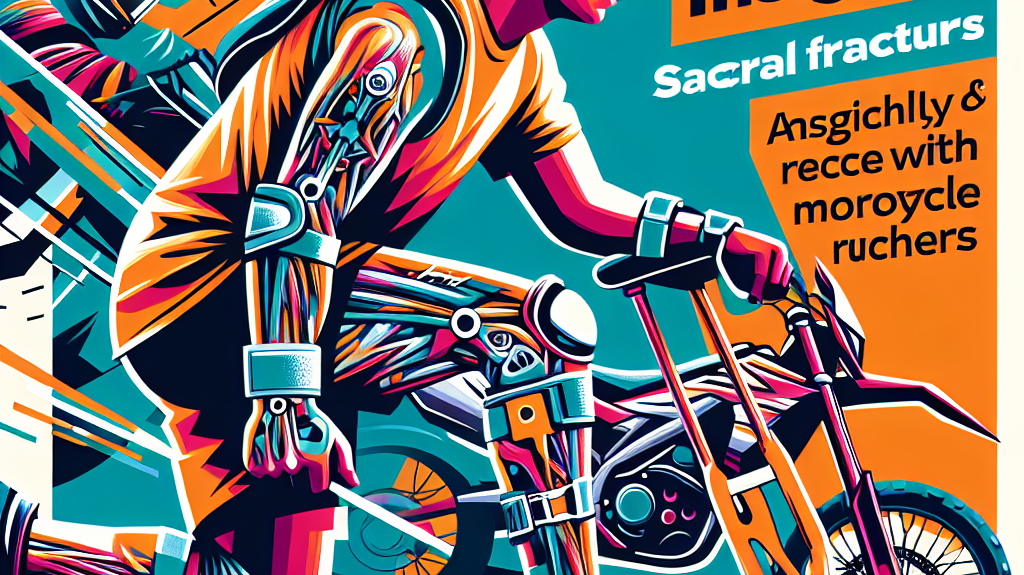The Thrill of Olympic Dressage: Carl Hester and Fame's Rollercoaster Ride
The Paris 2024 Olympic dressage team competition showcased the extraordinary skills and composure of top riders and their equine partners. Among the most memorable performances was that of Carl Hester and his horse Fame. Their journey was a blend of excitement, tension, and remarkable resilience. Let's delve into their story and the critical themes of resilience, teamwork, and the psychological factors impacting elite performance.
A Rollercoaster Ride of Emotions
During the competition, Carl Hester and Fame faced a dramatic mishap when Fame unexpectedly broke into a canter during the second extended trot, resulting in a score of 76.52%. Yet, Carl's experience and unflappable nature allowed them to rally and achieve this commendable score. Prior to his round, Becky Moody and her horse Jagerbomb set a personal best of 76.49%, providing a slight buffer but also adding to the palpable pressure.
The Importance of Composure
Carl Hester's ability to stay calm under pressure highlights the importance of composure in high-stakes competitions. His acknowledgment of his teammates' support underscores the significance of teamwork and camaraderie in achieving success. The British team's cohesive spirit was a beacon of resilience, even in such an intensely volatile environment as the Olympics.
Psychological Factors in Equestrian Sports
The psychological components that influence performance in equestrian sports are often overlooked but incredibly crucial. Riders and horses alike face immense pressure. Nerves and stress can drastically impact performance, making mental fortitude a key factor. How do riders like Carl Hester manage their emotions? Strategies like visualization, controlled breathing, and a strong support system play pivotal roles in maintaining focus.
Managing Emotions in High-Stress Situations
Professional riders often employ various techniques to manage stress and maintain focus. Breathing exercises are one such strategy, helping to keep anxiety at bay. Visualization, where riders mentally rehearse their routines, can also prepare them for different scenarios they might encounter during the competition. Furthermore, having a robust support network of coaches and teammates provides emotional stability.
Training Regimens and Horse Care
Behind every stellar equestrian performance lies an extensive training regimen. Elite dressage horses like Fame undergo rigorous daily and long-term training schedules designed to optimize both physical and mental well-being. These routines often include a mix of physical exercises, rest periods, and mental conditioning. The correct blend ensures that horses remain fit, focused, and responsive.
Elements of an Elite Training Routine
The daily schedule for a competitive dressage horse often includes warm-up exercises, targeted workout sessions to improve strength and flexibility, and cooldown periods. Long-term plans may incorporate progressive training aimed at mastering advanced movements and increasing stamina. Equally essential is the mental conditioning for horses, which can include calm and confidence-building activities to prepare them for high-pressure competitions.
Optimal Horse Care
In addition to training, the well-being of dressage horses is meticulously managed. A balanced diet, regular veterinary check-ups, and sufficient rest are fundamental. Special attention is given to the horse's mental state, ensuring they remain calm and engaged. Just like athletes, these horses require a holistic approach to care that encompasses all aspects of their well-being.
The Impact of Teamwork in Achieving Success
The role of teamwork in achieving Olympic success cannot be overstressed. The 2024 dressage competition exemplified how collaboration and mutual support are indispensable. Carl Hester's experience, along with the performances of his teammates, illustrates how a united team can elevate each individual's performance, even in the face of setbacks.
A United British Team
The camaraderie within the British team was palpable, turning the competition into a collective effort rather than a series of individual performances. This unity not only provided emotional support but also contributed to a shared goal, fostering a winning spirit that is crucial in such high-stress environments.
Conclusion
The journey of Carl Hester and Fame in the Paris 2024 Olympic dressage team competition offers a compelling look into the world of elite equestrian sports. It underscores the importance of composure, teamwork, and psychological fortitude in conquering high-stakes challenges. Their story is a testament to the resilience and dedication required to compete at the highest levels, providing valuable insights into the realities of competitive dressage.
References:
Horse & Hound, analysis by Oscar Williams.




